2011 Terroir Seeds Growing Season- Intro and Updates
This year, we will show you how our garden grows!
Through a series of videos, you can watch how we start seeds, what equipment and techniques we use, and see the growth of our trial garden. We will share our successes as well as the challenges and failures. At this point, we are planning to update this post once a week, so check back often to see the latest. We will post updates on FaceBook as well as our eNewsletter.
The first video is from February 27, 2011.
Enjoy!
Please ask us your questions, or if you want details on something that we cover, please ask about it!

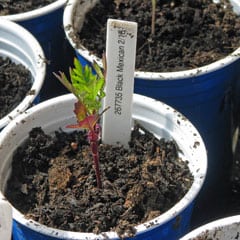

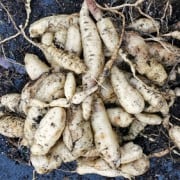
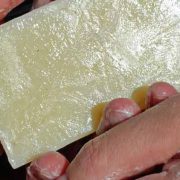

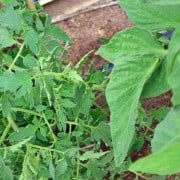
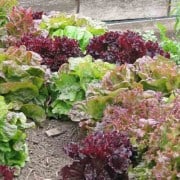
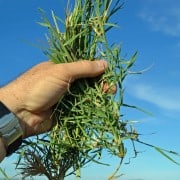
I am starting my first vegetables garden this year and started everything from seed. My zucchini and cucumbers are about 4 weeks “old” right now and still indoors under grow lights for about 16 hours per day. Some of the leaves (true leaves) are turning yellowish. I added worm castings once the seed leaves wilted and have been watering them about every 2 days. Do you have any idea why this is happening? I read a few places that it may be overwatering so I’ve backed off a bit but the seed starting mix just dries out so much. Thanks for any recommendations you can give!
Hello Jules-
Nice blog! I like the photo progression, nice to see the growth. It’s great to see someone starting everything from seed, and providing a documentation of the process, as a lot of folks think it is too “hard”.
As for your Lavender, it can take a long time to germinate. The best way is to refrigerate the seeds for 4-6 weeks, as they need a cold break to start the germination process. After the cold, they need 55-65F soil temps, and will still take 14-30 days to peak out. It’s longer growing from seed than from cuttings, but the fragrance and essential oil content is greater!
For your zucchini and cucumbers, yellow bottom leaves, or pale turning yellow leaves are a sign of nitrogen deficiency. Use a fish emulsion or other OMRI listed liquid fertilizer that is high in nitrogen, and spray it around the base of the stem to get the nitrogen into the soil quickly. Keep the soil moist, but not wet. I would water just before the soil is looking dry. When you transplant, make sure to not disturb the roots. Work in some fish based fertilizer into the hole before transplanting to give the plants an extra source of N as they flower and fruit.
Good luck and keep us posted!